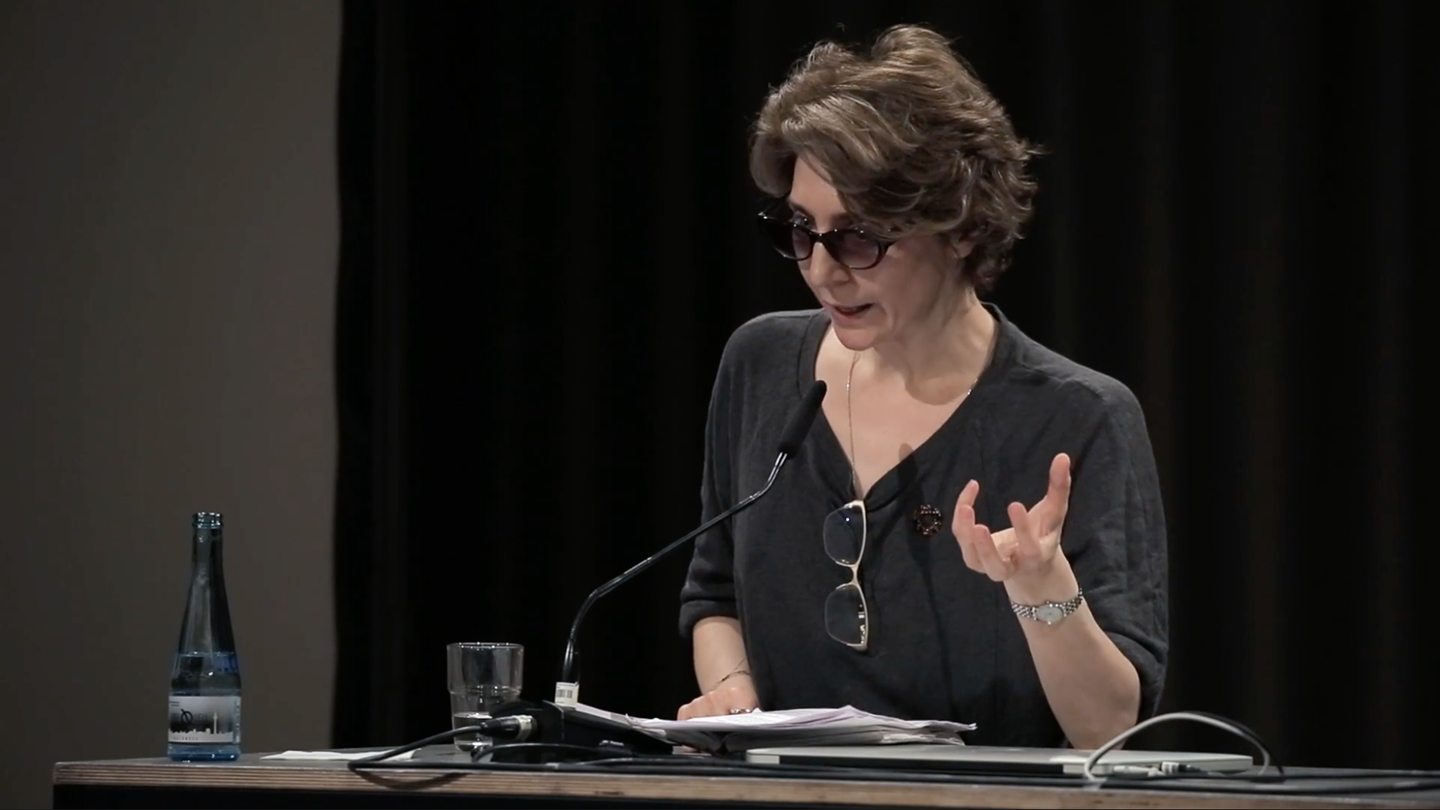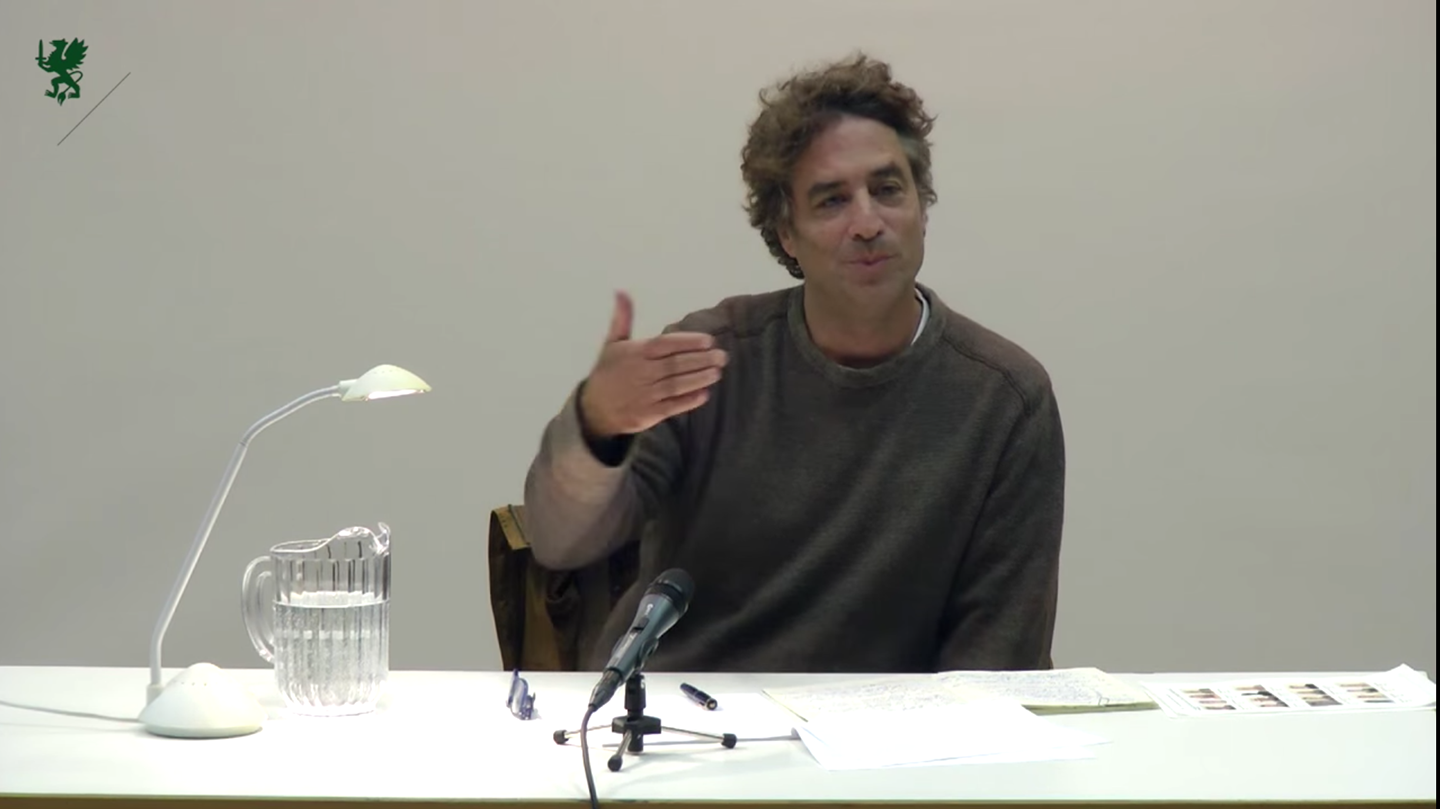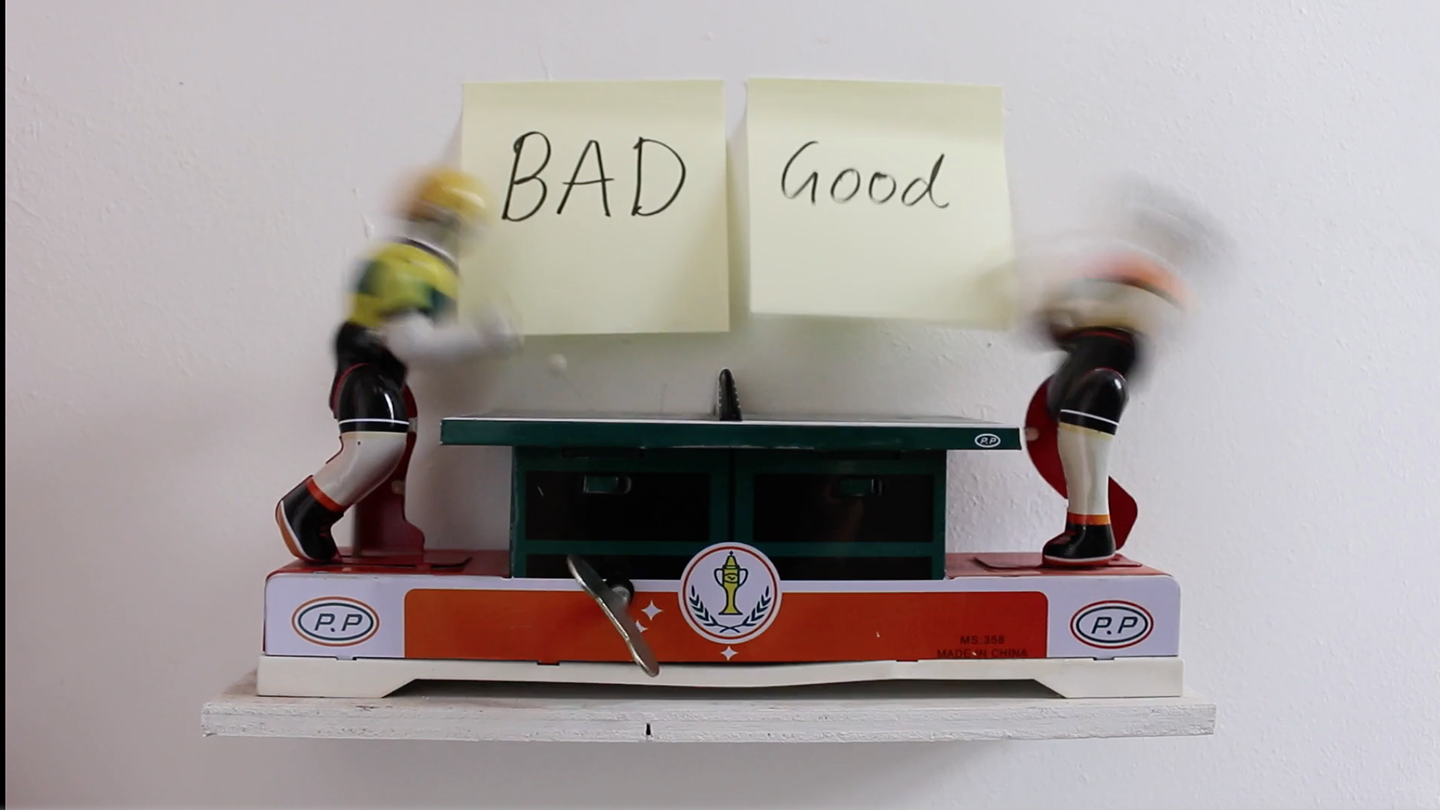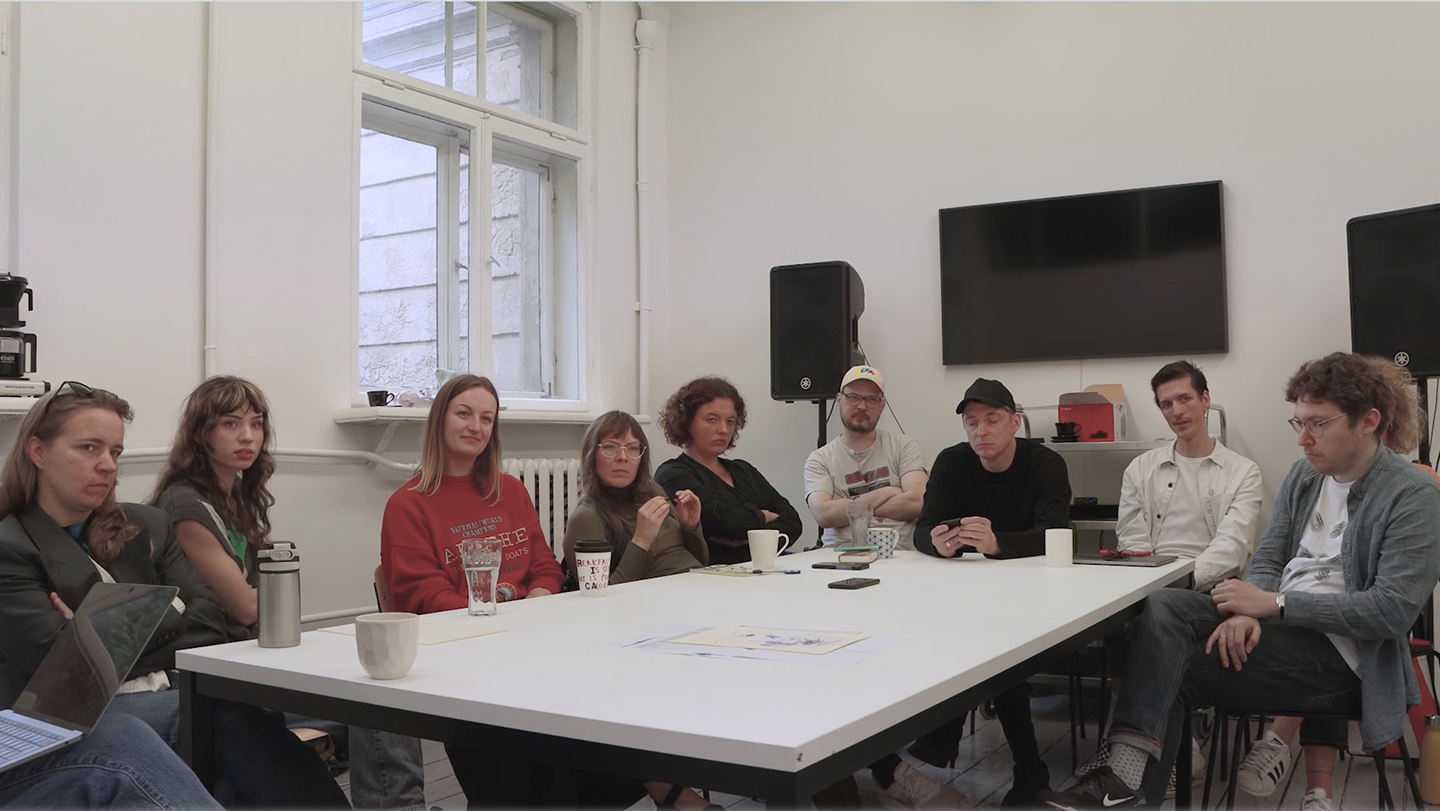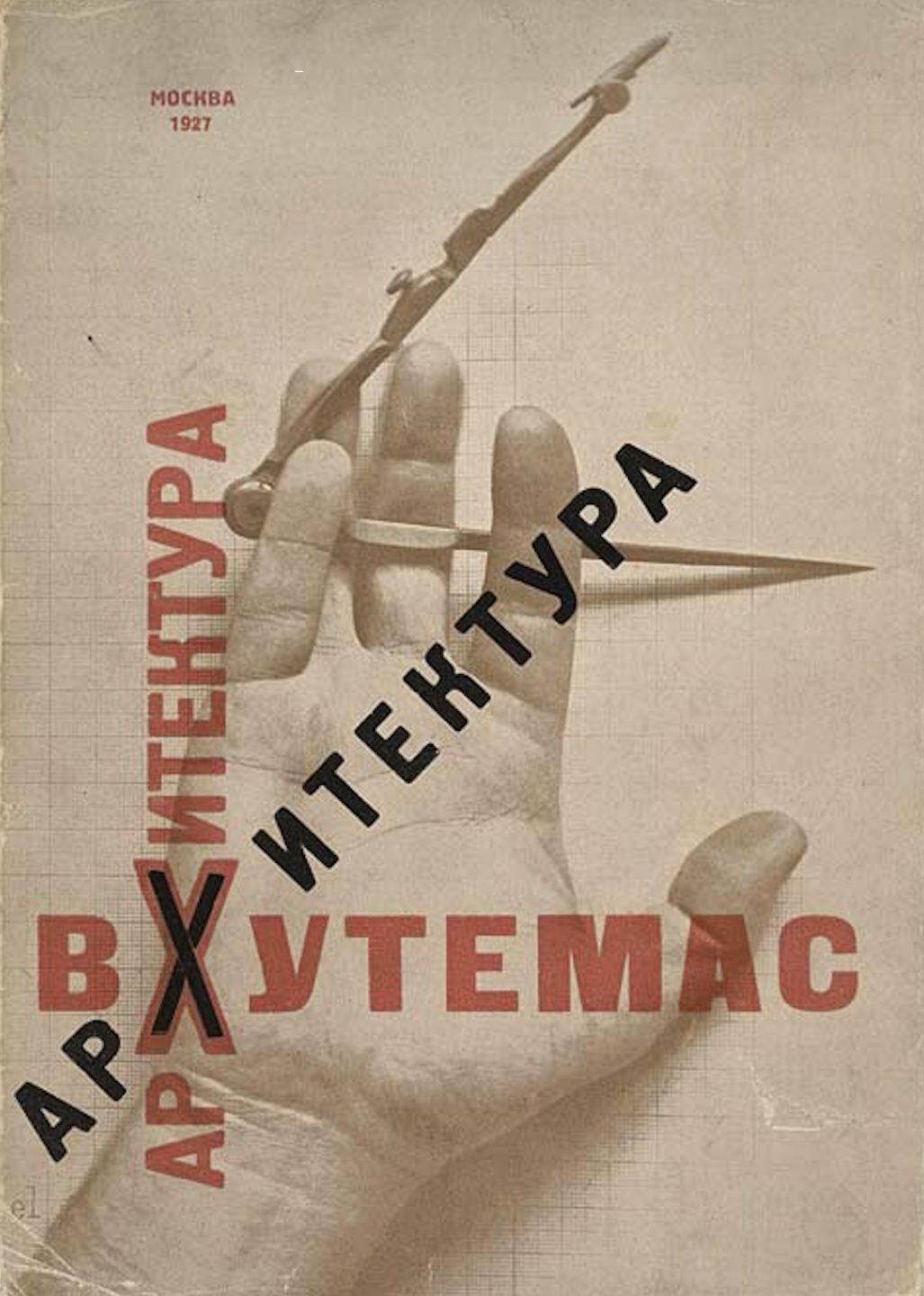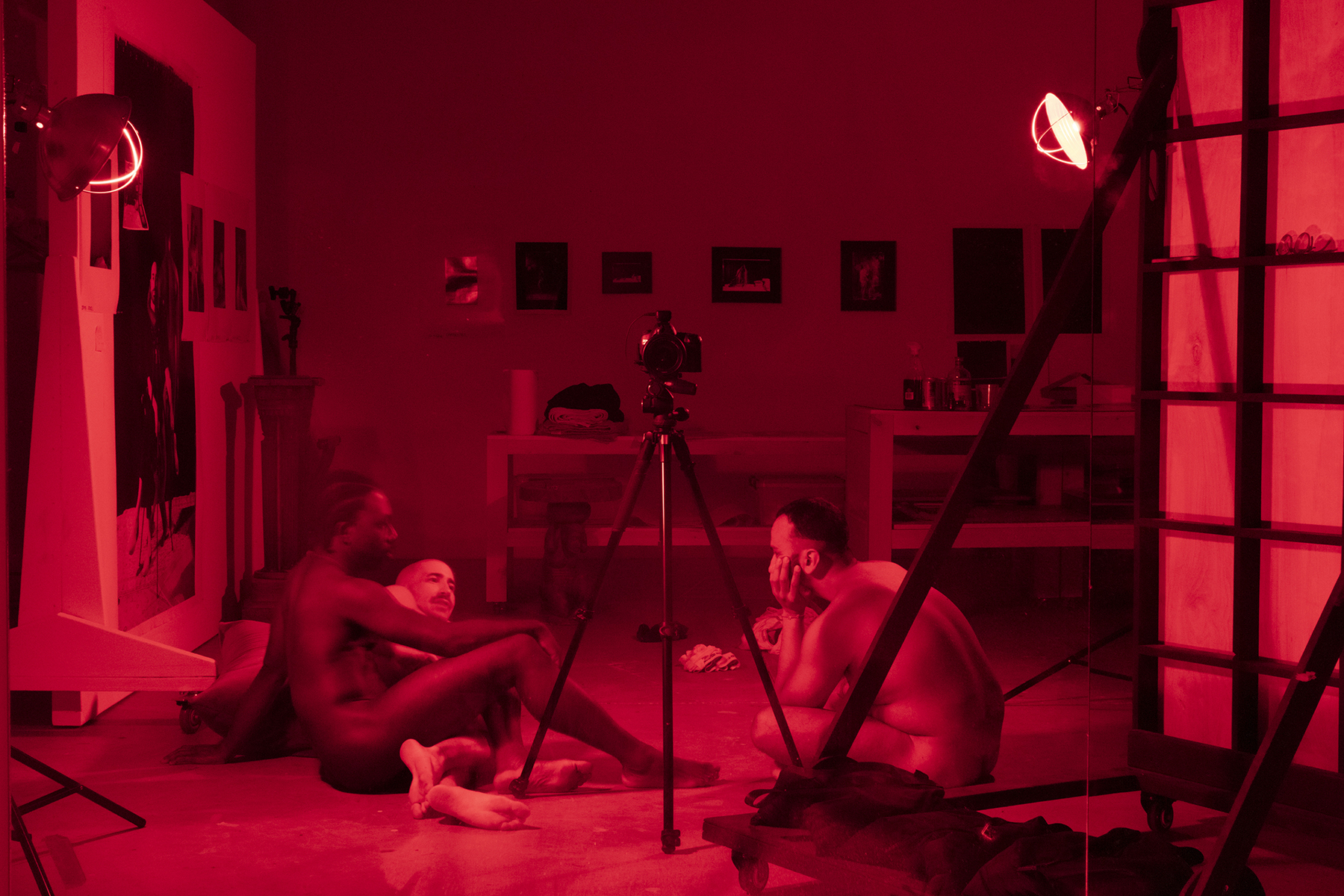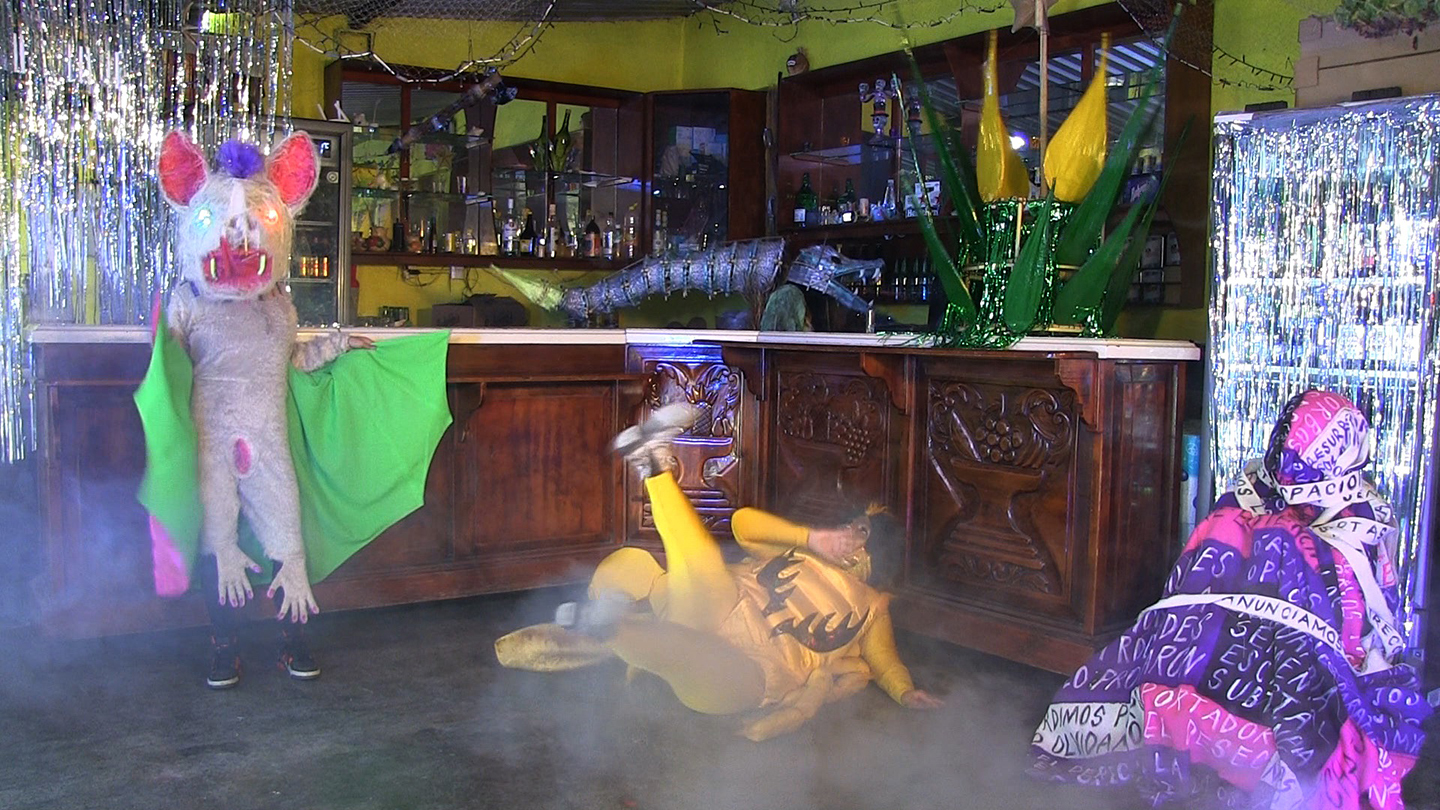What Color Should the Moon Be?
Organized by Kristaps Ancāns and Corina L. Apostol
A kind of etymological knot, the moon, the heavenly body that revolves around the earth in four-week cycles, draws its name from the Greek word for “month,” which at its Proto-Indo-European root references the moon’s phases as an ancient and universal measure of time. Even today, the “month” by which we structure our everyday life corresponds with the phases of the moon, while the first day of the workweek, “Monday,” comes from an Anglo Saxon word meaning “the moon’s day.” “Moonstruck,” the adjective coined by John Milton, originally referred to the condition of being affected in mind or health by the light of the moon and later acquired an association with love and romance. Well into the nineteenth-century, astronomers inferred that the darker and lighter regions of the moon’s surface were, respectively, seas and the former continents, even suggesting that plants and even beings could inhabit the moon.
Many moons ago, people believed that sleeping in moonlight caused blindness or triggered mental illness, a belief that considered the moon foreign or harmful. Today, however, we seek to draw the moon closer to our human existence. Determined by strong connections between science and capital and billionaires’ beliefs in the power of technology and innovation, the drive to colonize the moon is stronger than even in the days of geopolitical chest-puffing between the Soviet Union and the United States. While the Outer Space Treaty of 1967, put forward by the United Nations, stipulates that space belongs to no one country, there seem to be no laws about what resources beneath the lunar surface can be extracted and sold.
Starting from the question “What color should the moon be?,” we seek to reveal a constellation of approaches to art in context today and to consider art-making as a learning process. Our hypothetical project, as its name suggests, attempts to color earth’s moon, opening up a series of debates and questions related to the ethics, responsibilities, practicalities, funding, reception, interpretation, and sustainability of this project and others like it that interface art and the public.
In the framework of the MA POST at the Art Academy of Latvia in Riga, we created with students Madara Gruntmane, Alise Putniņa, Anna Malicka, Dzelde Mierkalne, Marta Viktorija Agruma, Krišjānis Elviks, Kintija Avena, and Agate Tūna, and with tutors Kaspars Groševs, Armands Zelčs, and Artis Ostups, a seminar-simulation in which an artist was commissioned to change the color of the moon. Next, we came up with a series of questions accompanied by videos and short texts that give insights into the importance of the issues raised by the commission and how these questions frame our perspectives on art-making.
Featuring lectures, films, and videos by Keti Chukhrov, Michael Hardt, Krzysztof Kieślowski, Pinky and the Brain, POST, Bad Ideas Collective, and many more.
View “What Color Should the Moon Be?” on Classsroom.
Classroom is a series of video programs curated by art schools, educators, artists, and writers. Each program assembles films, interviews, lectures, panel discussions, and documentaries from a variety of sources to engage with themes relevant to contemporary art and cultural production.

